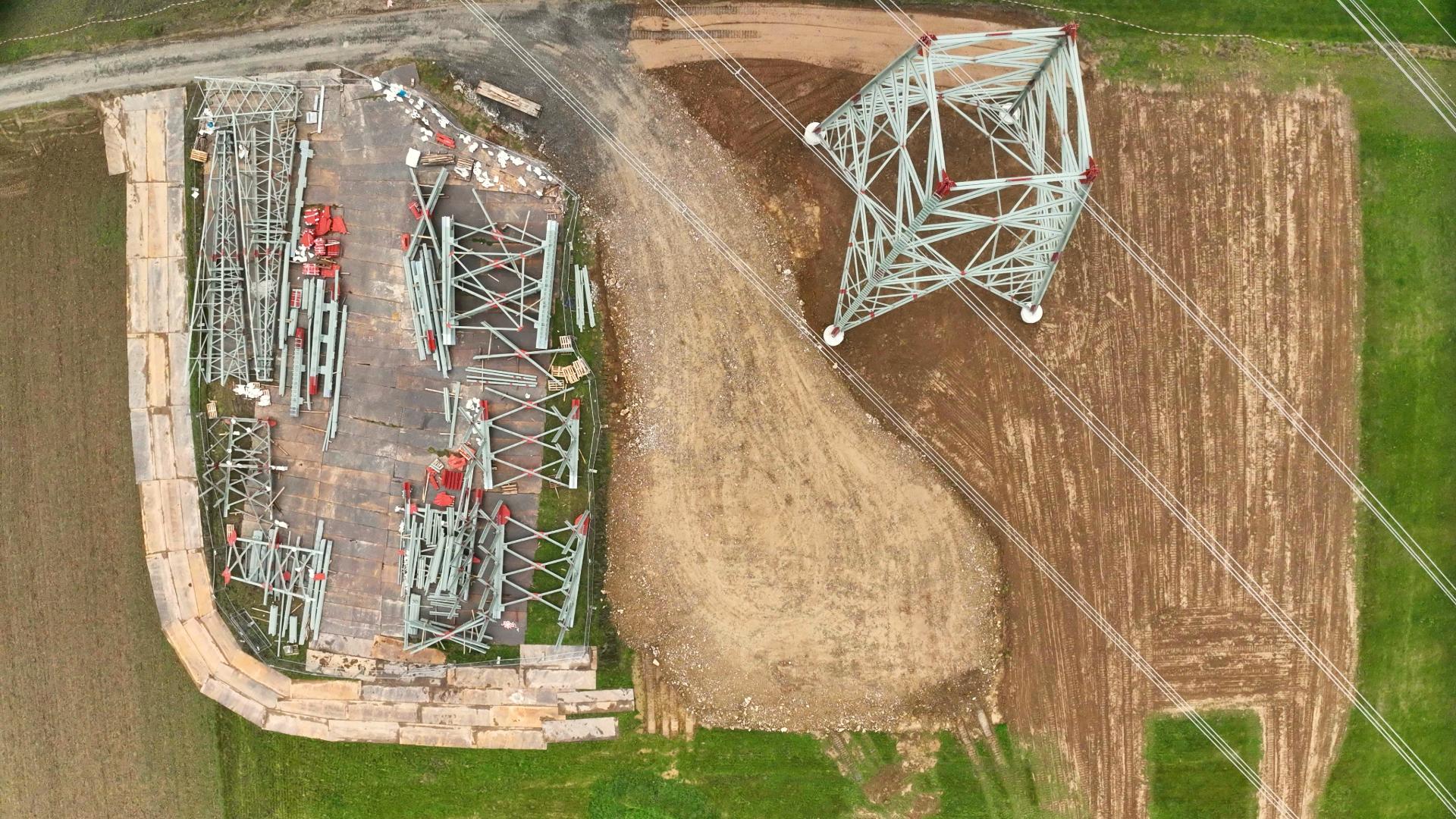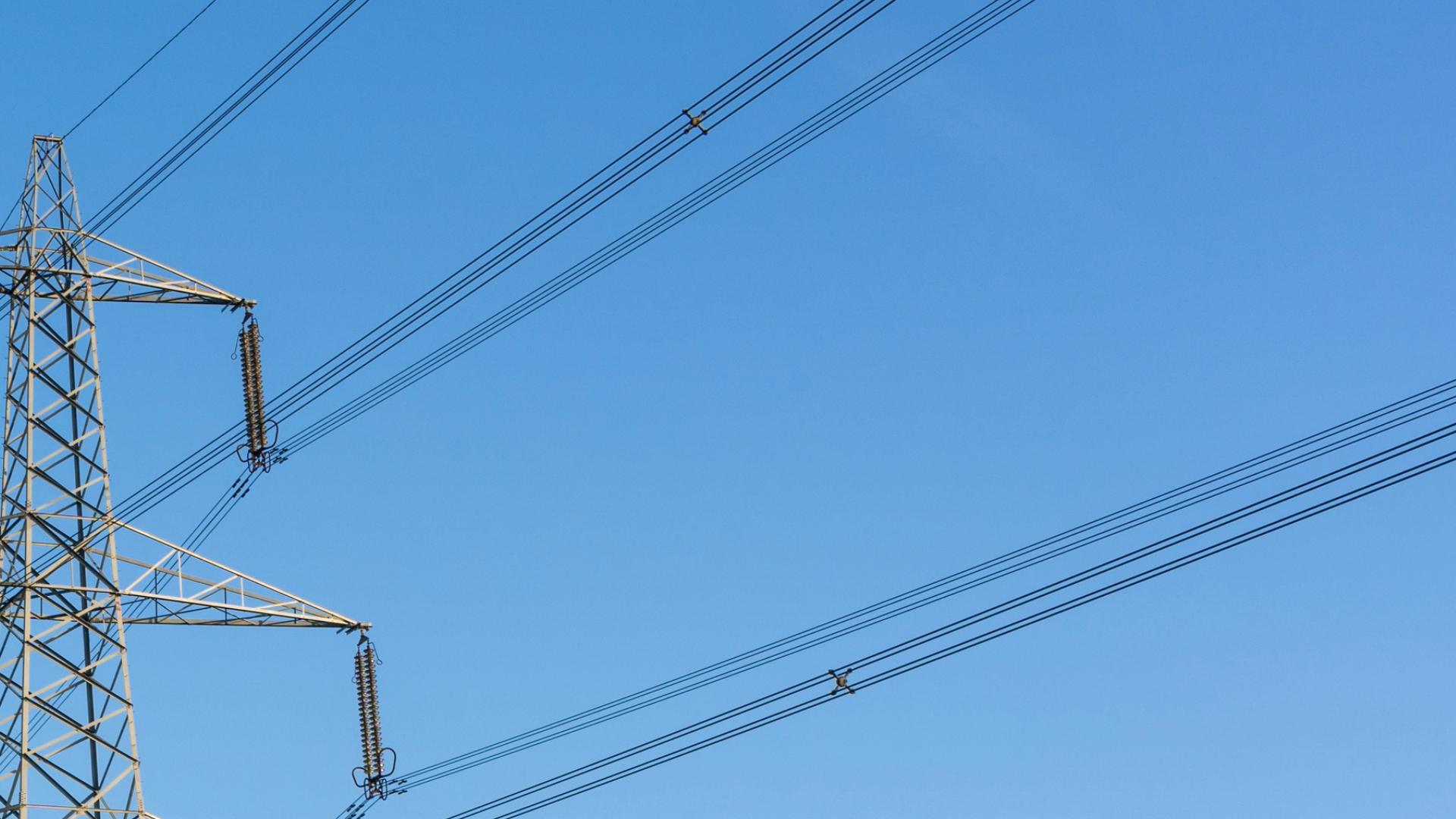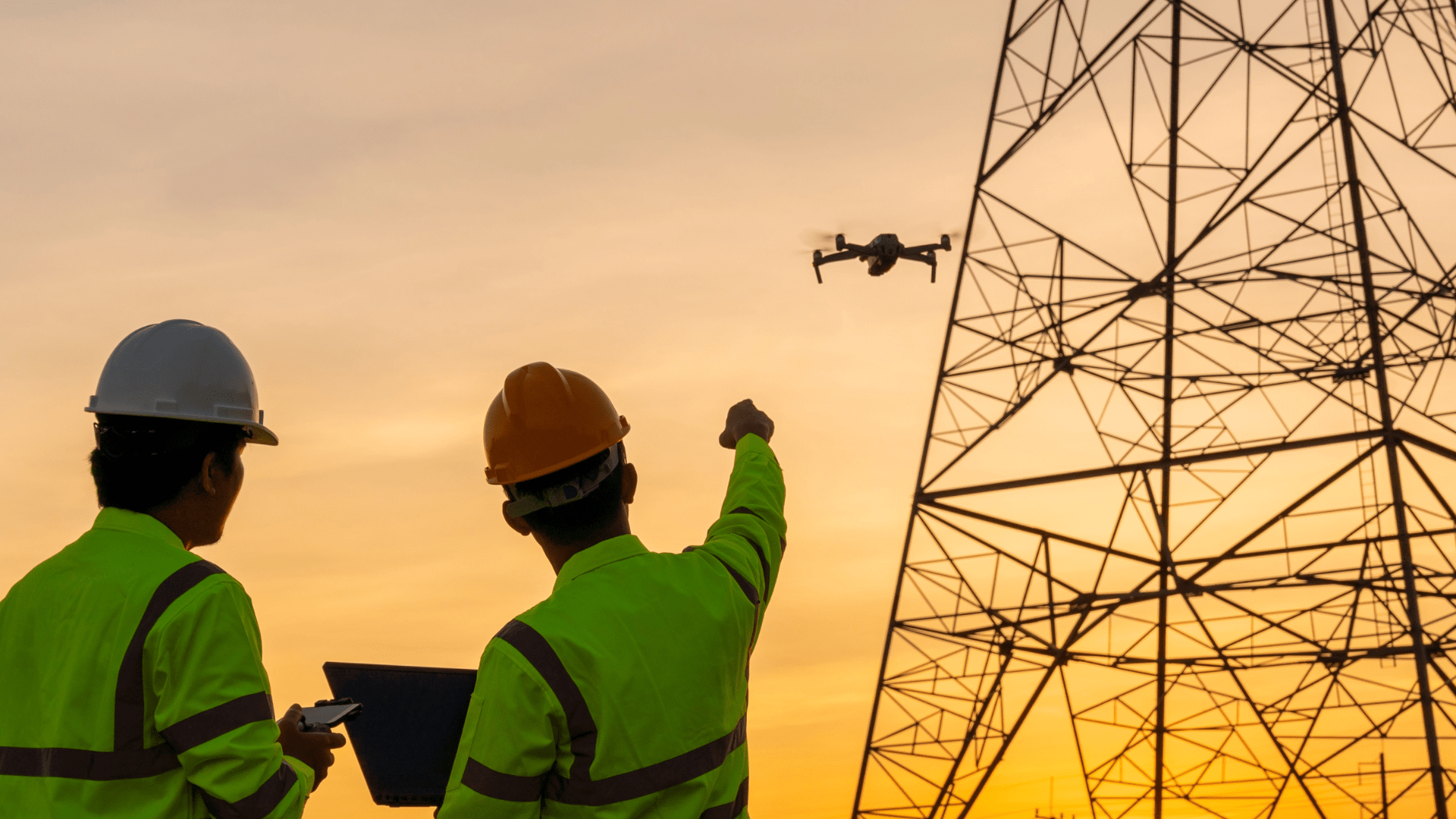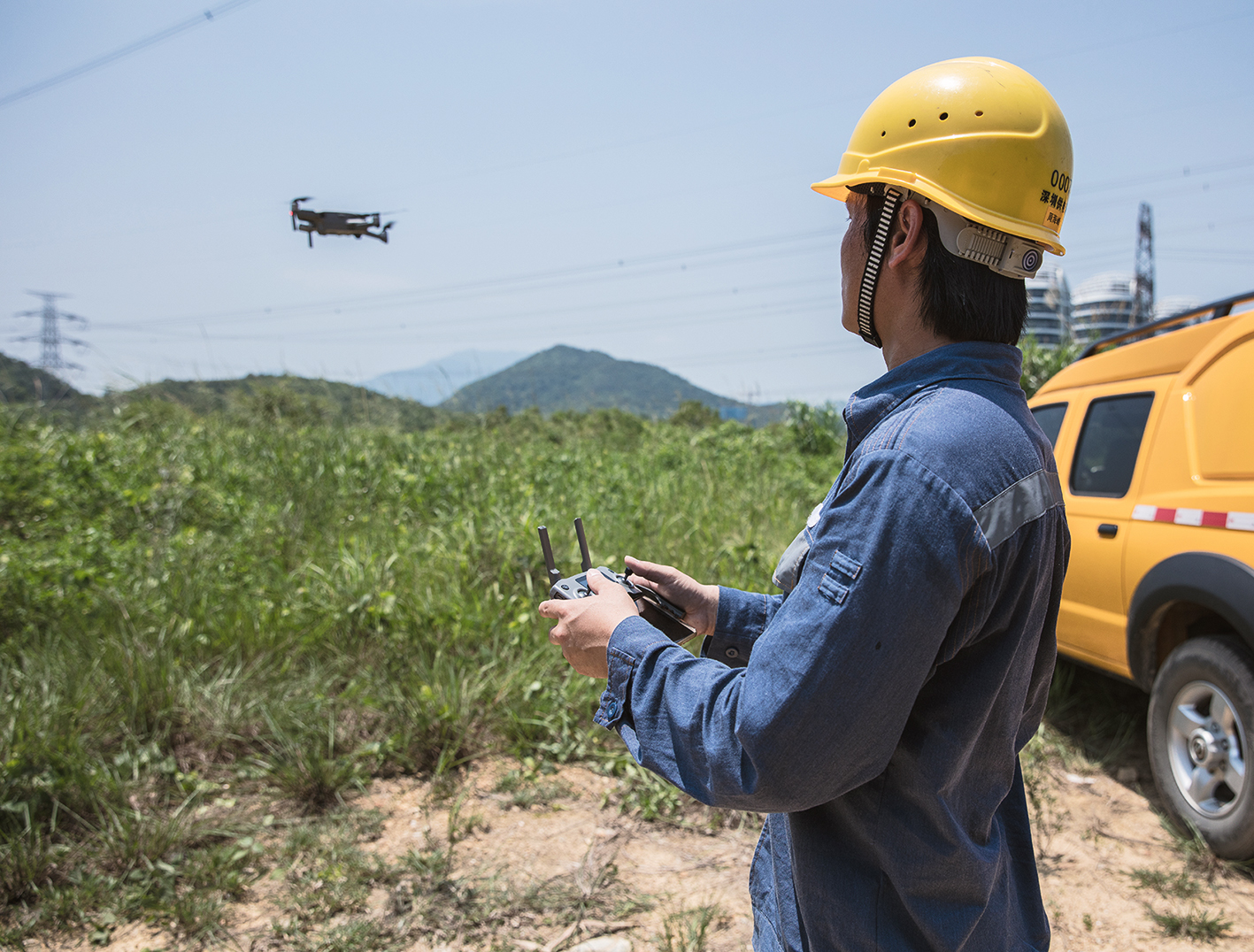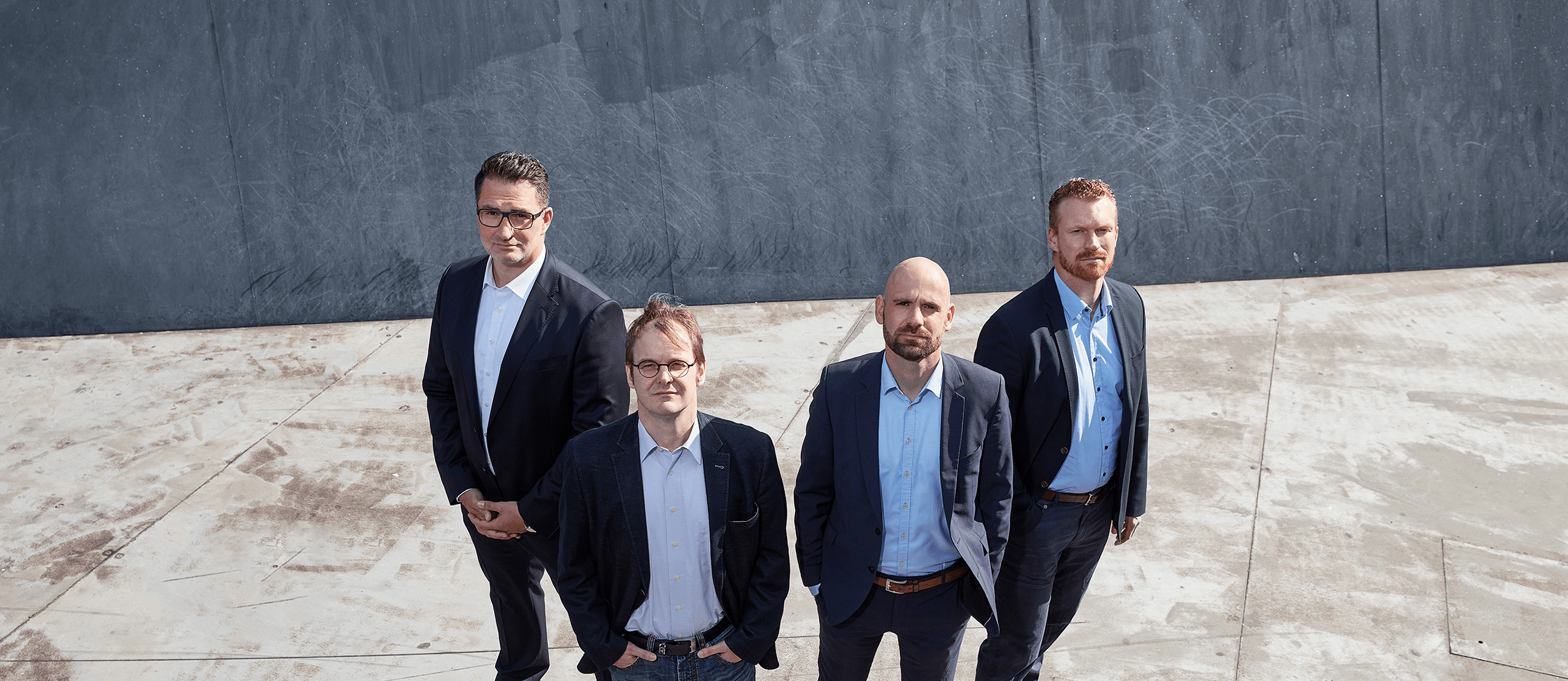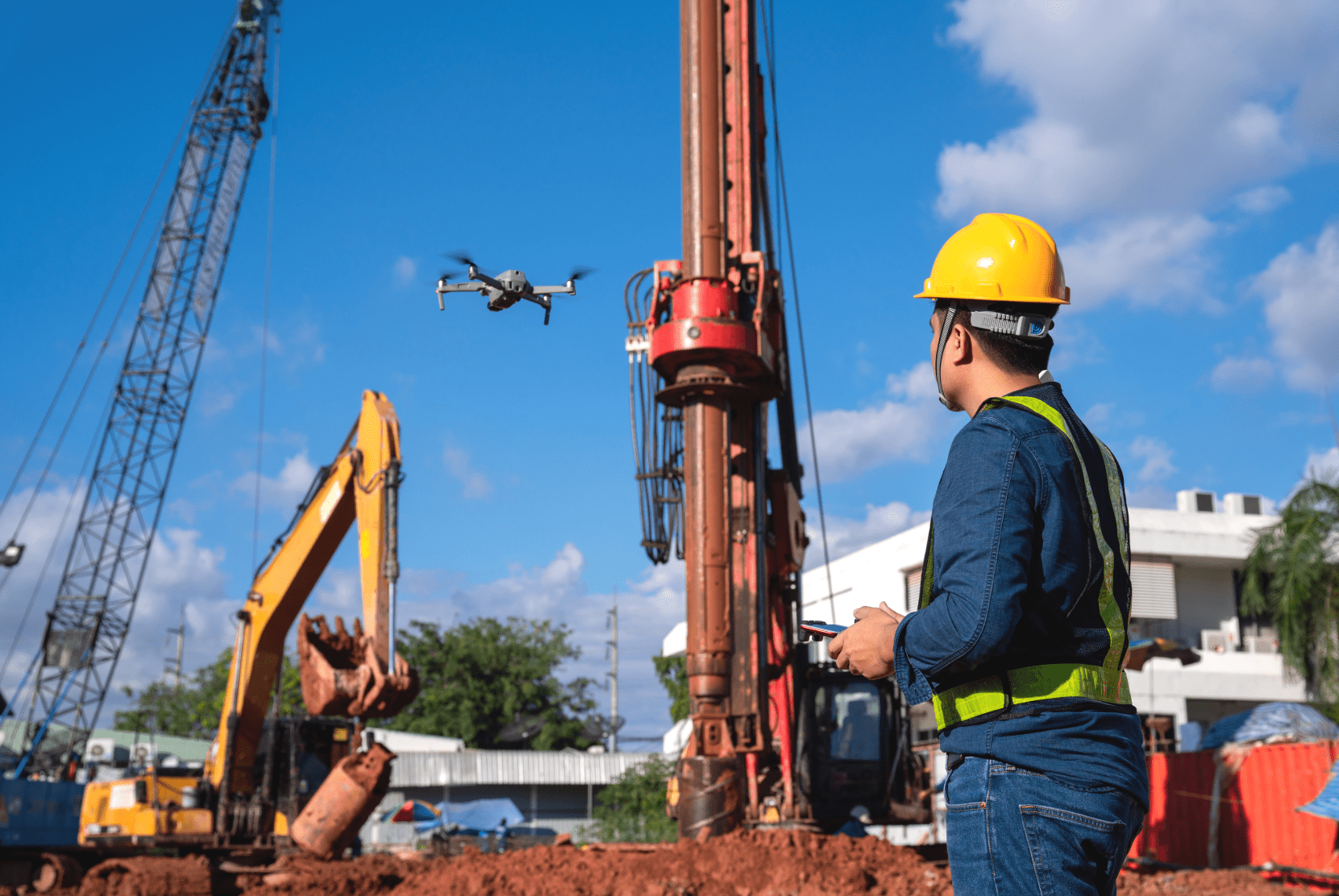Der Gasnetzbetreiber MITNETZ GAS aus Ostdeutschland muss jedes Jahr bei rund 3.500 km Gasleitungen die Dichtheit kontrollieren. Gaslecks haben nämlich verheerende Folgen: Nicht nur, dass die Gasversorgung dann nicht mehr gewährleistet werden kann, sondern es entströmt das klimaschädliche Gas Methan. Um Methan-Emissionen zu reduzieren, ist eine schnelle Gaslecksuche wichtig. Drohnen lassen sich dafür sehr gut einsetzen.
Alle reden immer nur über CO2: Fakten über Methan (CH4)
Mit Laserstrahlen auf der Suche nach Methan
Ausgestattet mit der entsprechenden Lasertechnologie schickt die Drohne in einer Flughöhe von 15 bis 50 Metern einen Laserstrahl zum Boden. Anhand der Reflexion kann das Gerät dann eine eventuelle Methanwolke erkennen. Anschließend werden die Messungen durch die angebundene Analyse-Software automatisiert ausgewertet und so Auffälligkeiten identifiziert. Die Ergebnisse werden anschließend farblich auf einer digitalen Karte zusammengetragen, sodass die Monteure sofort gezielte Reparaturen beginnen können.
In Machern bei Leipzig fand Anfang November 2021 der Proof of Concept mit MITNETZ GAS statt. Rund 45 Minuten lang flog die Spezialdrohne hierfür 2 km unterirdisches Leitungsnetz erfolgreich ab. Mithilfe von FlyNex konnte das gesamte Projektmanagement, von der Flugplanung bis zur Datenanalyse, vollständig und unkompliziert in der FlyNex Enterprise Suite umgesetzt werden. Zudem übernahm FlyNex als Projektpartner den Austausch mit den Behörden, um alle notwendigen Genehmigungen für den Inspektionseinsatz zu erhalten.
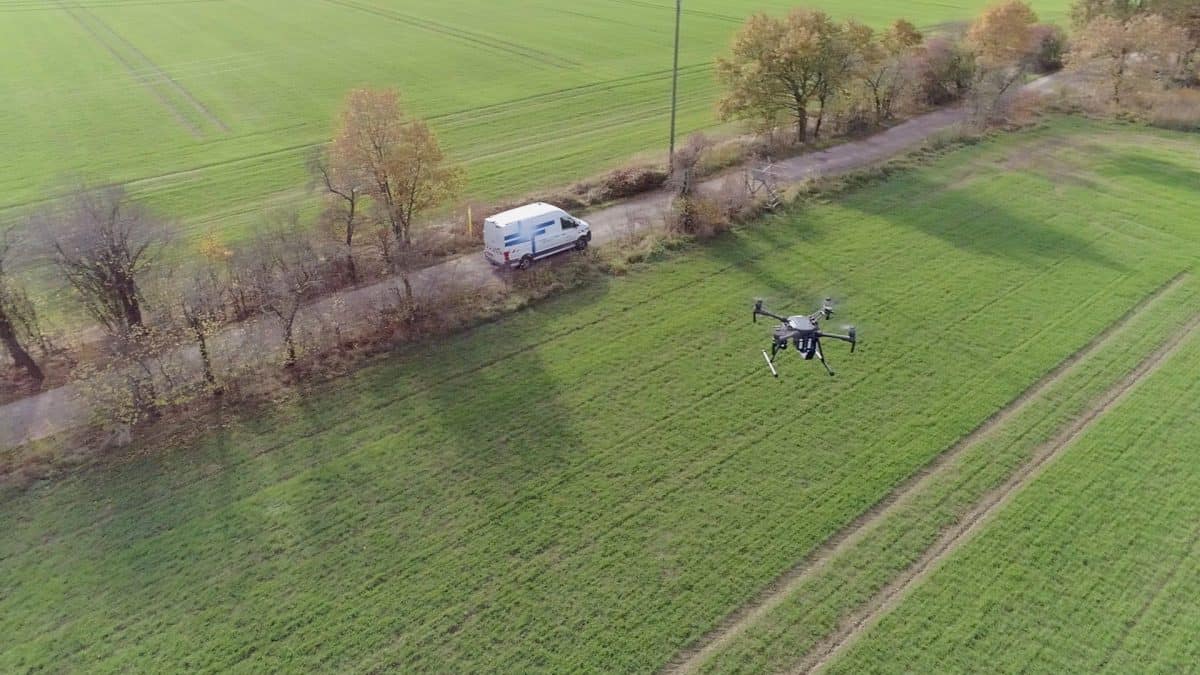
© MITNETZ GAS, 2021
Jana Erdmann, Projektleiterin Betrieb bei MITNETZ GAS sagt:
„Gerade in schwer zugänglichen Gebieten wie Wäldern oder über Felder ist das eine gute Möglichkeit. Wir wollten das näher untersuchen, ob und wie das richtig funktioniert. Eigentlich habe ich beim ersten Test nicht damit gerechnet, dass die Drohne Auffälligkeiten findet.“
Gaslecksuche: Die Mischung macht’s
Normalerweise findet die Überprüfung der Gasleitungen zu Fuß mit einem speziellen Messgerät statt. Doch bei mehreren Tausend Kilometern Gasleitung ist dies sehr zeitaufwendig.
Die Unterstützung der Methandetektive aus der Luft erspart den 12 Monteuren, die bei MITNETZ GAS für die Gaslecksuche zuständig sind, viel Zeit und erledigt die Vorarbeit. Auffälligkeiten, die durch die Drohne entdeckt werden, müssen vor Ort in jedem Fall nochmal überprüft werden. Denn auch natürliche Prozesse wie verrottendes Laub können Methan produzieren.
Wie wichtig die Gaslecksuche für den Klimawandel ist, zeigt dieses Beispiel: Nur ein Leck in der Jamal-Pipeline, welches das Gas aus Sibirien z. B. nach Deutschland bringt, erzeugt so viel Klimaschäden wie mehr als eine Million Autofahrer im Jahr (Quelle: Tagesschau).
FlyNex als Partner der enviaM-Gruppe
FlyNex begleitet die enviaM-Gruppe, zu der auch MITNETZ GAS gehört, schon länger als Partner und unterstützt z. B. auch MITNETZ STROM bei der automatisierten Inspektion von Stromleitungen und -masten mit Drohnen.
Zum neusten Projekt mit MITNETZ GAS sagte Michael Petrosjan, CFO und Co-Founder von FlyNex:
„Es macht uns viel Spaß, gemeinsam Neues zu entwickeln. Da erkennen wir wie die Anwendungen in der Praxis funktionieren und auf was Unternehmen wie Netzbetreiber Wert legen. So haben wir uns zum Beispiel bei dem Thema Gaslecksuche mit der Firma aus Kroatien kurzgeschlossen. Wenn es zu weiteren Tests im nächsten Jahr kommt, sind wir gespannt, ob die Ergebnisse zielführend sind.“
Ein spannendes und erkenntnisreiches Projekt, welches dem gesamten Team von FlyNex viel Spaß gemacht hat. Wir freuen uns schon auf weitere gemeinschaftliche Testflüge und danken allen Beteiligten jetzt schon für die gute Zusammenarbeit!
Auch EU fordert konkrete Maßnahmen zur Reduzierung von Methan
Die regelmäßige Suche nach Gaslecks mit Drohnen kann einen gewissen Teil zur Reduzierung von Methan-Emissionen beitragen. Ausschlaggebend ist hier, dass Gaslecks sehr viel schneller entdeckt und so zügiger Gegenmaßnahmen eingeleitet werden können.
Zudem sehen sich Gasnetzbetreiber womöglich bald schon mit einer neuen Gesetzgebung konfrontiert, die solche Maßnahmen sogar vorschreiben könnte. Im Oktober 2020 hat die EU-Kommission eine Strategie zur Reduzierung von Methan-Emission verabschiedet (EU-Methanstrategie). Hier wird z. B. ein verbessertes Monitoring von Methan-Emissionen gefordert. Als Maßnahme wird eine Verpflichtung zur verbesserten Erkennung von Gaslecks vorschlagen. Drohnen sind für diesen Zweck sehr gut geeignet, da diese schnell, einfach und umweltfreundlich Unmengen an präzisen Daten sammeln können. Daher werden diese nicht nur bei Pipelines, sondern auch bei Ölplattformen für die Methangassuche eingesetzt.
Falls Sie Fragen zum Use Case Gasdetektion mit Drohne haben, sprechen Sie uns gerne an. Wir freuen uns über jeden Austausch.
Ihr FlyNex Team

